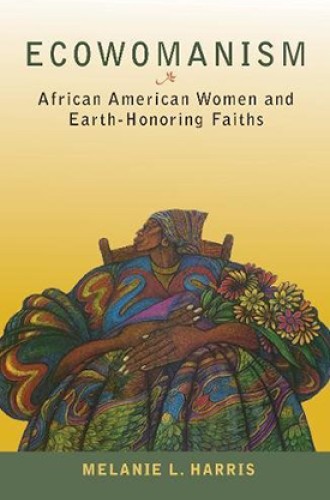Environmental injustice and who it hurts the most
Melanie Harris claims that abuse of the earth parallels the injustices faced by women of color.
When he was 14, my partner, Joel, was hospitalized with a partially collapsed lung due to asthma. When he tells the story, he mentions how he got to miss nearly two weeks of ninth grade as he plumped up like a rehydrated raisin from all the steroids he was given. The story we have learned since is that toxic waste billowing from Newark’s smokestacks caused asthma in one in four children who, like Joel, were raised in that metropolitan area.
Joel is a person of color and the son of immigrant parents. He’s not a black woman, but his story and others like it are included in Melanie Harris’s work. This small-but-mighty book is a primer in ecowomanist thought and method, which, if it could be reduced to a protest sign, would read, “earth justice is human justice.”
Ecowomanist thought privileges the experiences of black women because of the compounding injustices they encounter, particularly in the United States. Yet, at the same time, Harris locates stories like Joel’s in a broader narrative of race, religion, gender, class, and environment. Her work challenges readers to ask: If climate injustice has affected people like Joel, how much more will it affect poor women of color?






